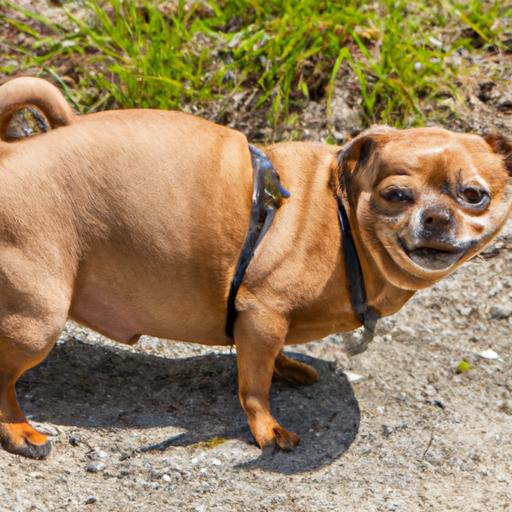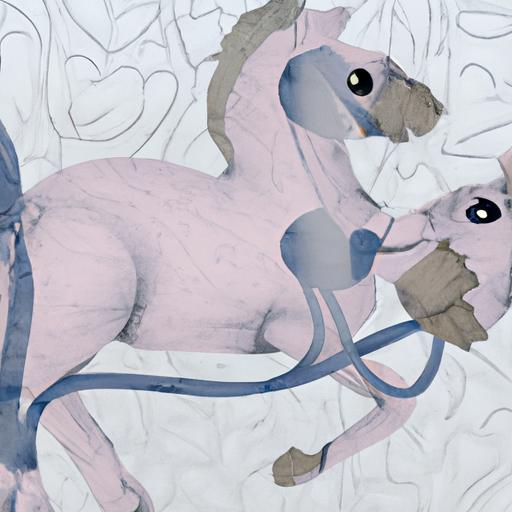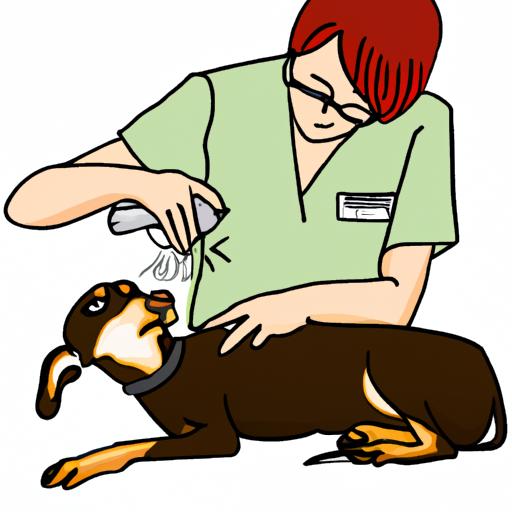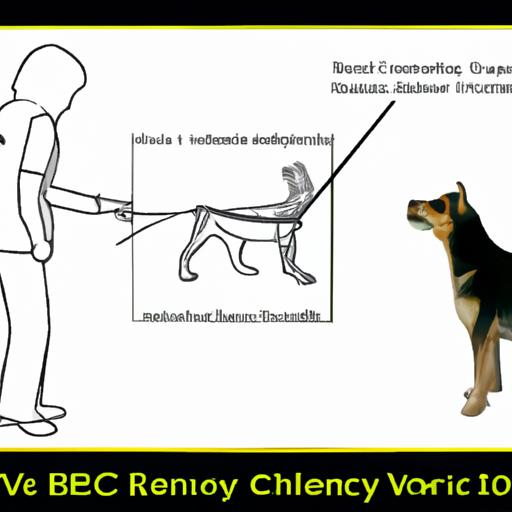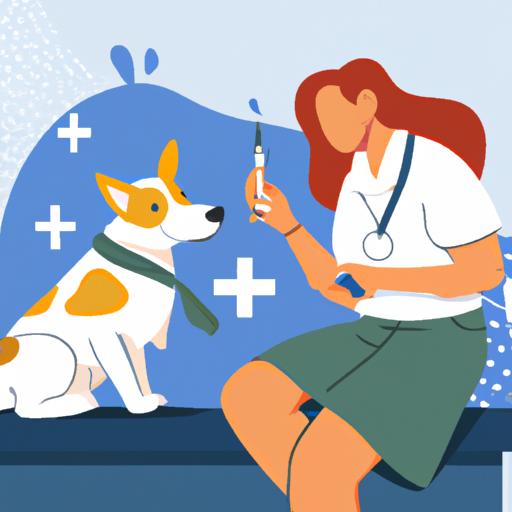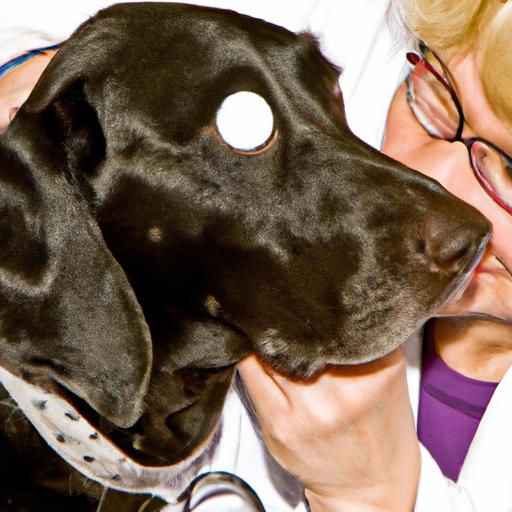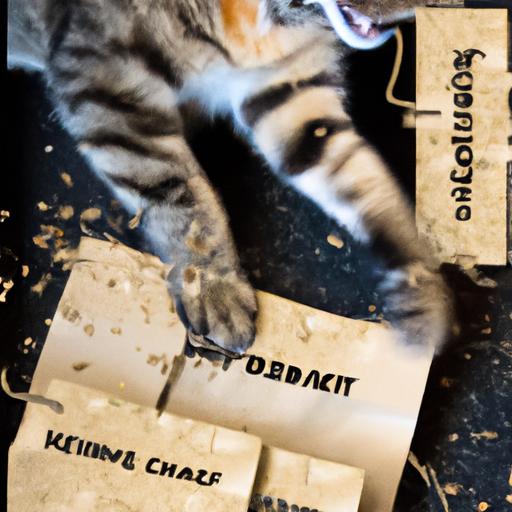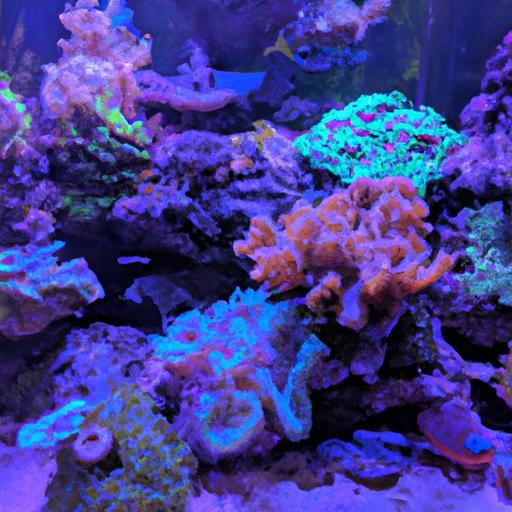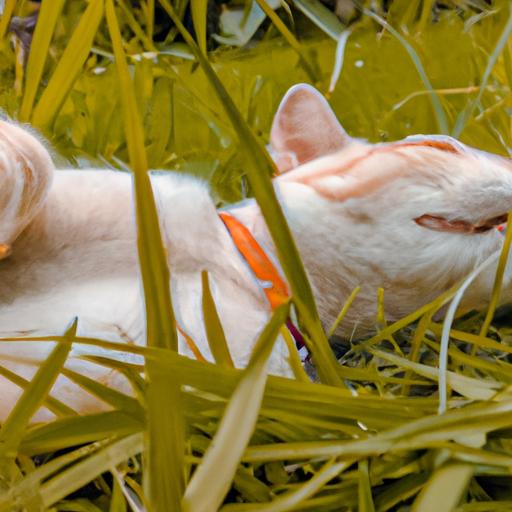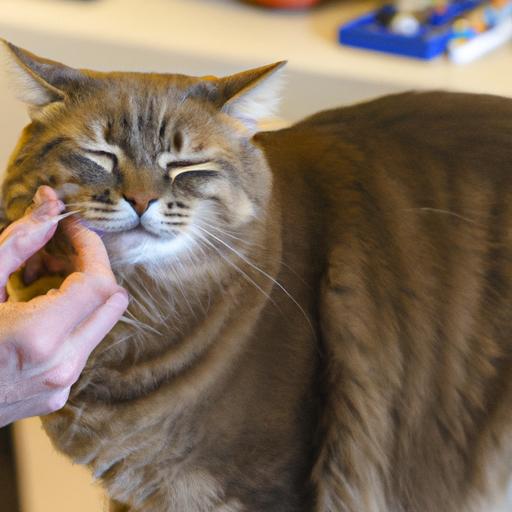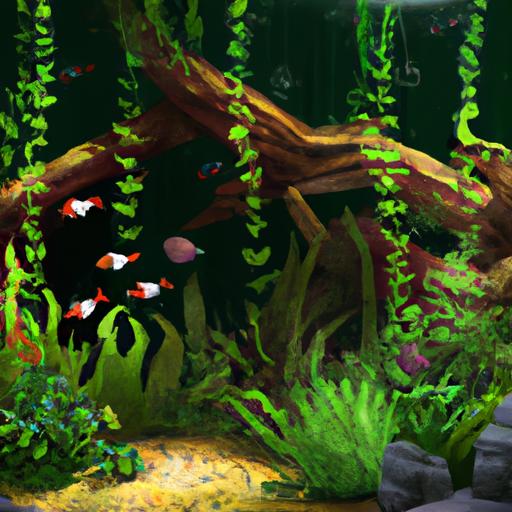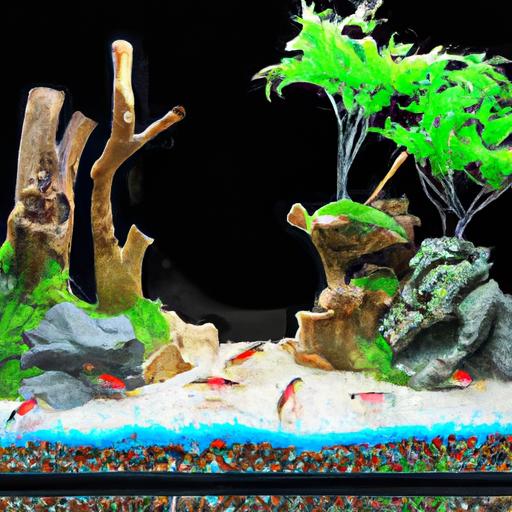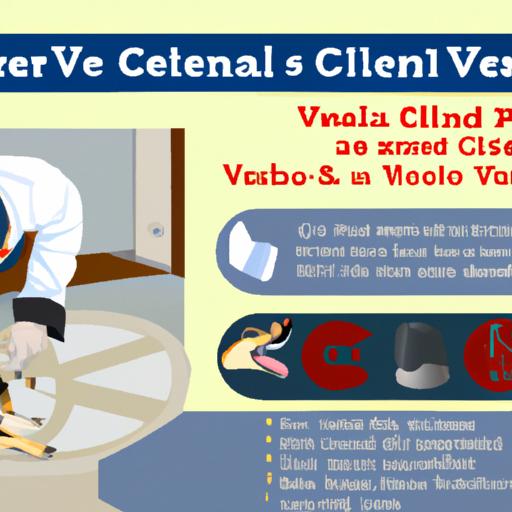
Canine Cranial Cruciate Ligament Rupture: Surgical Options
Discover the surgical options for Canine Cranial Cruciate Ligament Rupture, including TPLO, TTA, and more. Learn how to restore your dog’s mobility and well-being.
Introduction
When our furry friends experience health issues, it can be a cause of great concern. One such common problem among dogs is the rupture of the cranial cruciate ligament (CCL). This ligament, located in the knee joint, plays a crucial role in stabilizing the joint during movement. When the CCL becomes damaged, it can lead to pain, lameness, and impaired mobility. In this article, we will explore the surgical options available to treat canine cranial cruciate ligament rupture, providing insights into the various techniques and answering frequently asked questions.
Surgical Options for Canine Cranial Cruciate Ligament Rupture
When it comes to treating CCL rupture in dogs, there are two main approaches: conservative management or surgical intervention. While conservative management may be suitable for some cases, surgery is often recommended to provide long-term stability and prevent further damage to the joint.
-
TPLO (Tibial Plateau Leveling Osteotomy)
One popular surgical technique for CCL rupture is TPLO. This procedure involves altering the angle of the tibia, the bone below the knee joint, to stabilize the joint. TPLO helps redistribute forces within the knee joint, reducing the strain on the damaged ligament. It is known for its effectiveness in improving joint stability and promoting a faster recovery.
-
TTA (Tibial Tuberosity Advancement)
Another surgical option is TTA. This technique involves repositioning the patellar tendon to decrease the tension on the CCL. By advancing the tibial tuberosity, the load on the ligament is reduced, allowing the dog to regain stability in the knee joint. TTA has gained popularity due to its excellent clinical outcomes and shorter recovery time compared to some other techniques.
-
Extracapsular Techniques
Extracapsular techniques involve using strong sutures placed outside the joint to mimic the function of the damaged CCL. These sutures provide stability and support to the knee joint during the healing process. While they may not be as effective as TPLO or TTA in larger or more active dogs, they can be a suitable option for smaller or less active breeds.
-
Other Less Common Surgical Options
In addition to the aforementioned techniques, there are other surgical options available for treating CCL rupture. These include the use of prosthetic ligaments and graft materials to reconstruct the damaged ligament. These procedures are less commonly performed and are typically reserved for specific cases where the standard surgical options may not be feasible.
Frequently Asked Questions (FAQs) about Canine Cranial Cruciate Ligament Rupture and Surgical Options
Now, let’s address some common questions that pet owners often have when it comes to CCL rupture and the available surgical treatments.
Q: What are the risk factors associated with CCL rupture?
A: Several factors can increase the risk of CCL rupture in dogs. These include obesity, genetics, breed predisposition, and excessive physical activity. Understanding these risk factors can help pet owners take preventive measures and seek early intervention if necessary.
Q: How can I determine if my dog needs surgery?
A: The best way to determine if your dog requires surgery for CCL rupture is to consult with a veterinarian. They will conduct a thorough examination, which may include X-rays or other diagnostic tests, to assess the severity of the injury and recommend the most appropriate treatment approach.
Q: Are there any non-surgical alternatives for treating CCL rupture?
A: While surgery is often the preferred treatment option for CCL rupture, there are non-surgical alternatives available. These may include physical therapy, weight management, anti-inflammatory medications, and the use of braces or supports. However, it’s important to note that these alternatives may not provide the same level of long-term stability as surgical intervention.
Q: What is the recovery process after CCL surgery?
A: The recovery process following CCL surgery typically involves a period of restricted activity, pain management, and physical rehabilitation. It is essential to follow the post-operative instructions provided by your veterinarian to ensure a successful recovery. Rehabilitation exercises, such as controlled walking and muscle strengthening, will gradually be introduced to help your dog regain strength and mobility.
Q: What are the success rates and potential complications of different surgical techniques?
A: The success rates of surgical techniques for CCL rupture vary depending on factors such as the size of the dog, the severity of the injury, and the technique used. Generally, TPLO and TTA have shown high success rates in terms of joint stability and improved quality of life for dogs. As with any surgical procedure, there are potential complications, including infection, implant failure, and the need for revision surgery. Your veterinarian will discuss these risks with you and provide guidance based on your dog’s specific circumstances.
Conclusion
Canine cranial cruciate ligament rupture can be a challenging condition for both dogs and their owners. However, with advancements in surgical techniques, there are effective options available to restore stability and improve the overall well-being of affected dogs. TPLO, TTA, extracapsular techniques, and other surgical options offer viable solutions for treating CCL rupture. Remember, early diagnosis and appropriate treatment are crucial in ensuring a successful outcome. If you suspect your dog may have CCL rupture, consult with a veterinarian who can guide you through the available surgical options tailored to your dog’s needs. By taking proactive measures, you can help your furry friend regain their mobility and enjoy a healthier, happier life.
